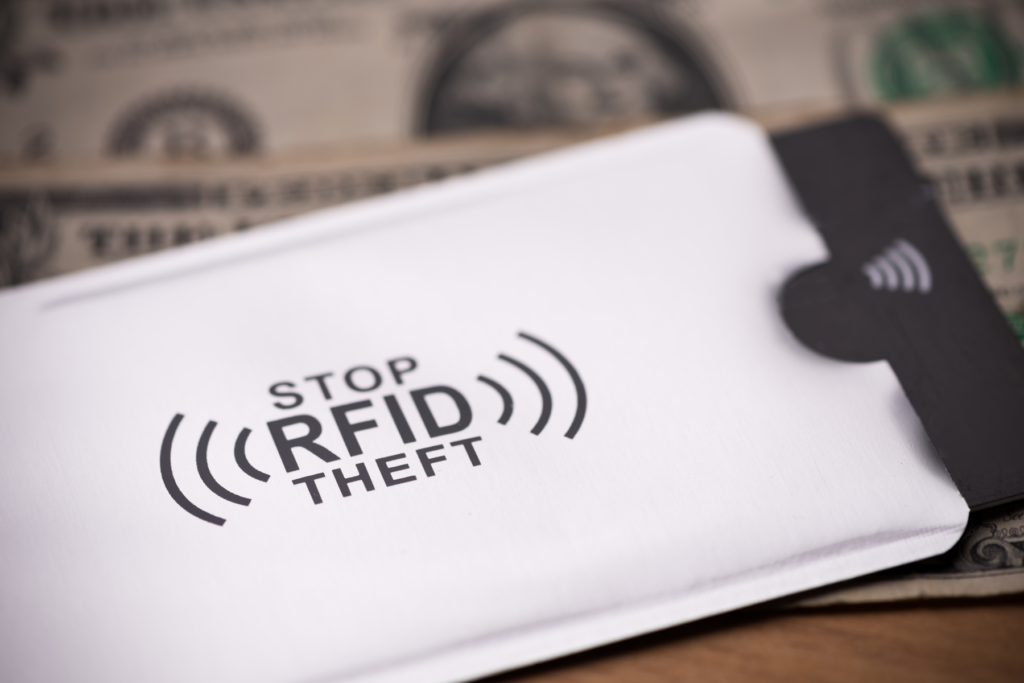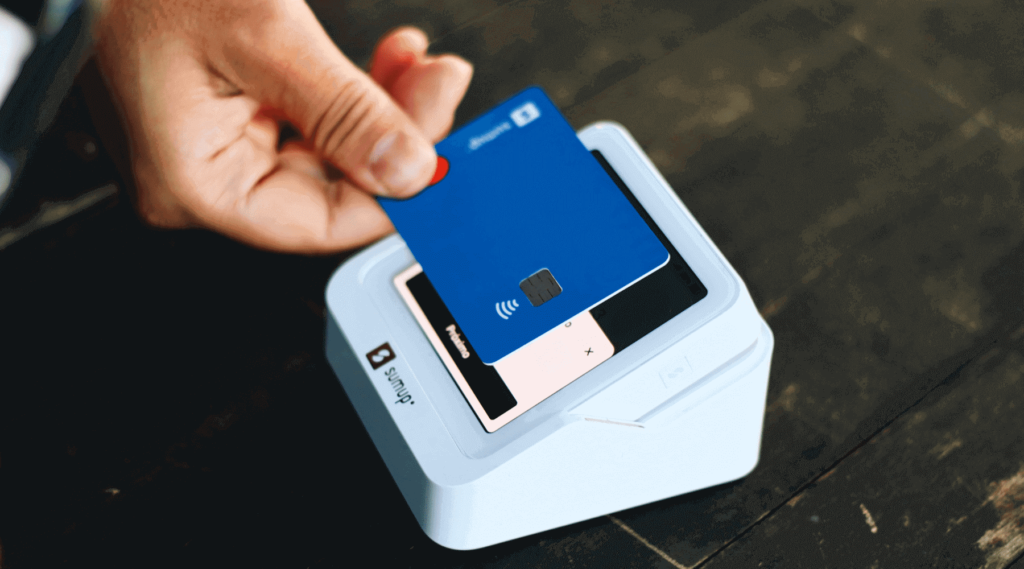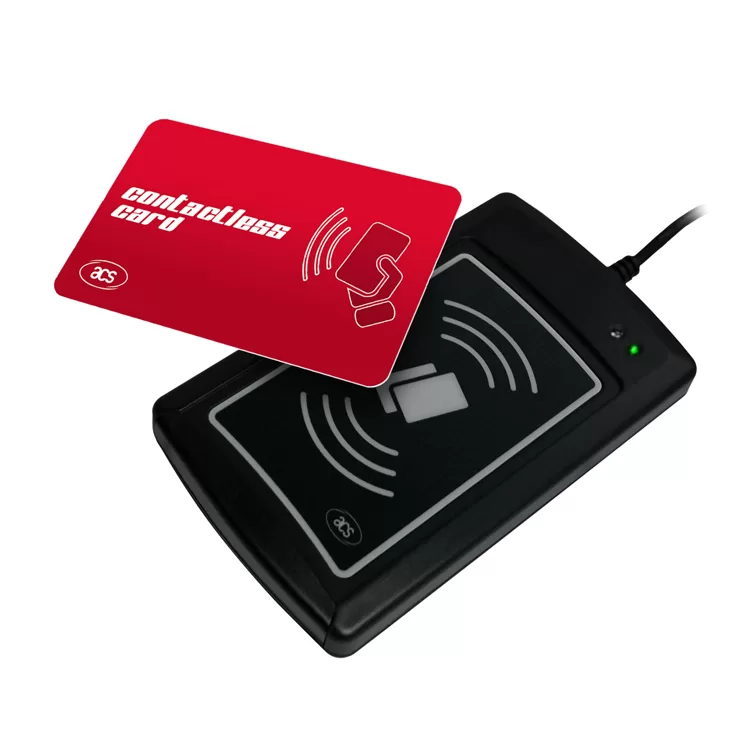
What to Know About RFID card reader Protocols Before Buying?
Choosing the right RFID card reader requires a basic understanding of the communication protocols it supports. Protocols define how the reader communicates with RFID cards, and selecting the wrong one can cause compatibility issues. Knowing what your system requires saves time, prevents costly mistakes, and ensures smooth operation.
Understanding RFID Frequency Bands and Their Impact
RFID card readers operate on different frequency bands, and protocols are often tied to specific ones. Low Frequency (LF), High Frequency (HF), and Ultra-High Frequency (UHF) each have unique characteristics. For example, ISO/IEC 14443 and 15693 are typically HF protocols, ideal for secure access and short-range applications, such as ID badges.
Understanding this link helps buyers choose the right reader for their environment and specific tasks. A UHF-based reader supporting EPC Gen 2 might be suitable for logistics or asset tracking, but not for an office access system. Choosing a protocol that matches your operational needs enhances efficiency and reduces tech friction over time.

Protocol Compatibility and Device Interoperability
Compatibility between RFID cards and readers depends on the support for protocols and communication settings. Readers that handle multiple protocols offer greater flexibility for organizations dealing with a mix of legacy and modern systems. For example, dual-interface readers can work with both ISO/IEC 14443 and ISO/IEC 15693 cards, which can be helpful in mixed-use environments.
Interoperability ensures the RFID card reader can be deployed across diverse systems without constant reconfiguration or replacement. It also allows businesses to upgrade components gradually without a complete system overhaul. In short, the proper protocol supports future-proofing of your RFID card deployment and reduces transition headaches.
Encryption and Security Considerations
Security protocols are a key factor when choosing RFID card readers for sensitive access. Secure communications between the reader and the card reduce the risk of cloning, skimming, or unauthorized access, especially in regulated industries. Some advanced protocols include encryption and mutual authentication features to enhance protection.
For sensitive environments like hospitals, banks, or research laboratories, support for secure RFID card protocols, such as MIFARE DESFire or HID iCLASS, is critical. Skipping this step may lead to vulnerabilities that compromise both data and physical security. Always consider what level of protection your application demands before finalizing a reader.

Performance Metrics Tied to Protocols
Not all RFID card protocols deliver the same performance in real-world usage. Data read speed, range, and card detection time can vary significantly depending on the protocol used. For instance, ISO/IEC 14443 is fast and reliable at close range, whereas ISO/IEC 15693 offers a more extended range but slightly slower speed.
Understanding these performance traits allows users to select the optimal protocol for their application’s performance goals. For time-sensitive operations, such as employee check-ins or transit systems, speed matters. Choosing accordingly ensures smoother, more responsive user experiences that can scale effectively.
Compliance and Industry Standards
Protocol compliance isn’t just technical—it’s often a legal or regulatory requirement that affects the selection process. Many industries mandate the use of specific RFID card protocols to meet safety or interoperability standards required for certification. For instance, the healthcare and defense sectors may require readers to support specific ISO standards.
Staying compliant avoids legal issues and aligns your systems with industry best practices and expectations. Be sure to consult with relevant standards bodies or regulatory guidance when planning a deployment. A little research upfront can save major headaches and retrofit costs later.

Scalability and Upgrade Paths
Protocols can limit or enable future system upgrades, depending on their openness and the level of manufacturer support. RFID card readers that support open, widely adopted protocols offer better scalability and vendor flexibility. Proprietary protocols, while sometimes more secure, can create vendor lock-in that limits future options.
Consider your long-term plans before settling on a protocol. Will you expand across more facilities or add new types of RFID cards to your fleet? A scalable solution supports multiple protocols, making future integration easier and more seamless. It ensures your investment adapts to evolving business and technology needs.
Choosing the Right RFID Card Reader Protocols
Before purchasing or deploying a new system, it is essential to understand the protocols of the RFID card reader. From frequency bands and security to interoperability and compliance, each factor is crucial to you. Choosing the proper protocol ensures compatibility, improves performance, and protects your infrastructure.


